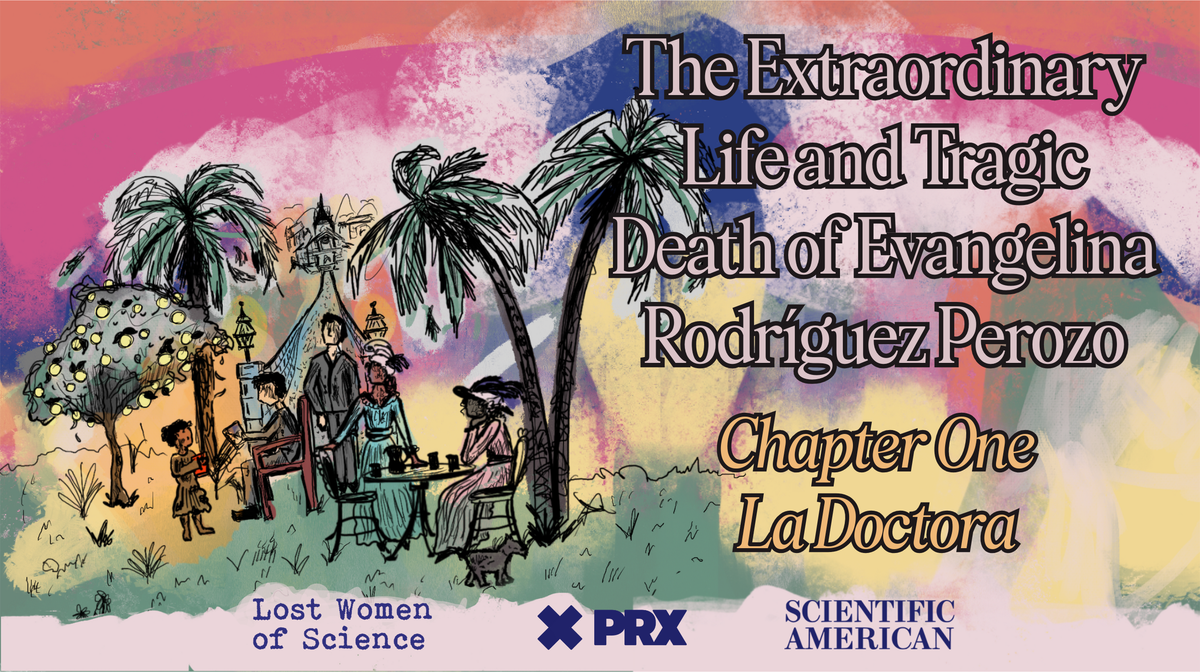Evangelina Rodríguez Led an Extraordinary Life as the Dominican Republic’s First Female Doctor

```html
The Pioneering Journey of Dr. Evangelina Rodríguez
From Poverty to Medical Pioneer
In the bustling streets of 1890s San Pedro de Macorís, Dominican Republic, a young girl named Andrea Evangelina Rodríguez Perozo defied the odds stacked against her. Born into poverty and facing societal limitations, Evangelina's life took an unexpected turn when two poet brothers, Rafael and Gastón Deligne, recognized her potential. They opened her eyes to a world of literature and philosophy, fostering a thirst for knowledge that would transform her life.
With their encouragement, Evangelina embarked on a path unimaginable for a woman of her time. Against societal norms and financial constraints, she pursued education, eventually becoming the first woman to enter medical school in the Dominican Republic.
A Compassionate Calling
Evangelina's journey was fueled by compassion. Unafraid of social stigma, she cared for Rafael Deligne, who suffered from leprosy, demonstrating an early commitment to healing and a remarkable empathy for others. This experience, coupled with her intellectual curiosity, cemented her resolve to become a doctor.
"To me, it shows a really incredible sense of compassion from an early age," notes Mercedes Fernández, an assistant professor and Evangelina Rodríguez scholar. "It seems to me that she sees this as a calling."
Breaking Barriers in Education
Access to education was a significant hurdle. Fortuitously, Evangelina crossed paths with Anacaona Moscoso, a pioneer in women's education. Moscoso established a progressive school for girls, opening doors for Evangelina to pursue a formal education.
The "Normalistas," as these students were known, were expected to become teachers and homemakers. But Evangelina's ambition soared higher. She envisioned a future beyond the traditional confines of women's roles.
The Audacious Dream of Medical School
Evangelina’s declaration to attend medical school stunned her peers. In a time when the medical profession was dominated by men, her aspiration was seen as audacious, even preposterous. But with the support of her mentors and a growing network of benefactors, she achieved the unthinkable, enrolling in medical school in 1903 at the age of 24.
"She probably had to overcome a lot of rejection," observes Dr. Claudia Scharf, a pediatrician and medical professor. "Not only because she was a woman, but also because of her humble origins and her race."
A Turning Point: The Loss of a Mentor
Tragedy struck near the end of Evangelina's medical studies. The death of her mentor, Anacaona Moscoso, from complications of childbirth, profoundly impacted her. This loss ignited a passion within Evangelina to specialize in women's health, a field largely neglected in her medical training.
This tragic event shaped the course of Evangelina's career, propelling her towards specializing in obstetrics and gynecology, a field crucial for the wellbeing of women in her time.
Setting Sights on Paris
Graduating in 1911 as the Dominican Republic's first female doctor, Evangelina's quest for knowledge didn't end there. Recognizing the advanced state of medicine in Paris, she set her sights on pursuing specialized training in the French capital, the epicenter of global medicine. This ambitious next chapter would further cement her legacy as a pioneering figure in medical history.